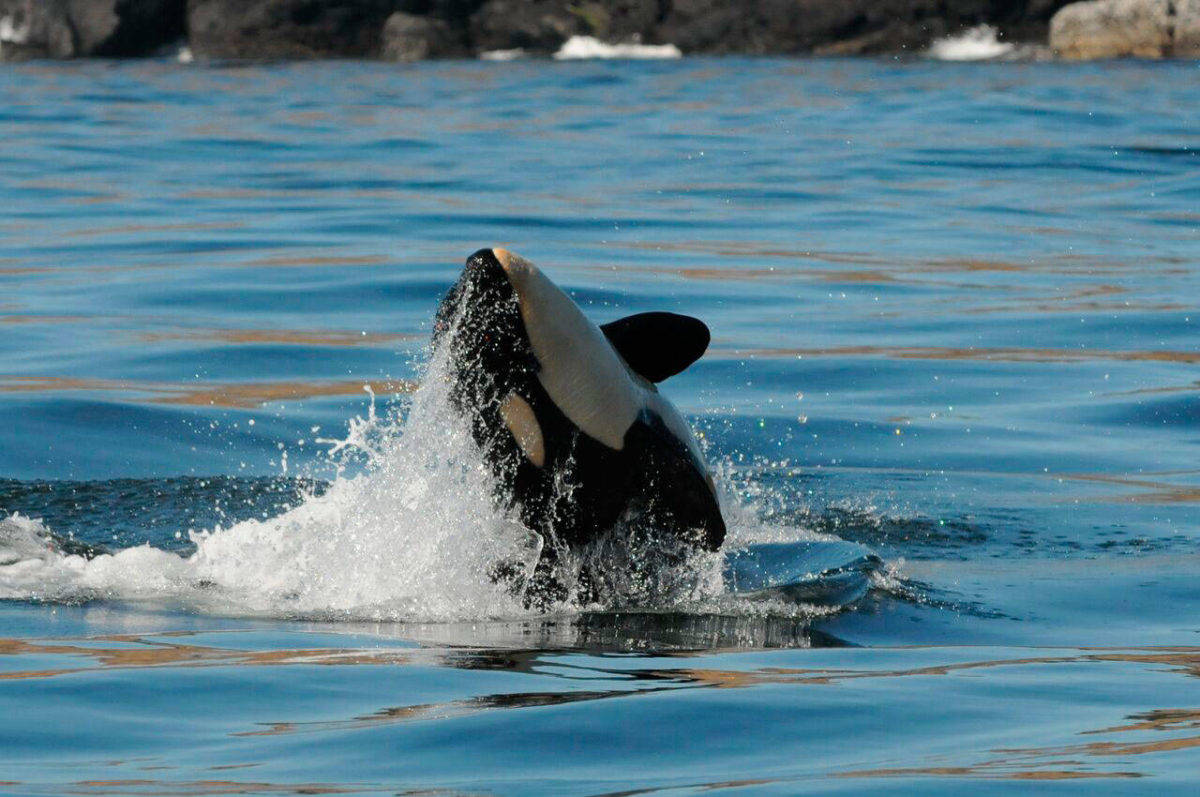Three Southern resident killer whales were reported to be dead within four months of each other in 2018.
June 11:
The Center for Whale Research reports that the 23-year-old adult male orca known as L92 or Crewser is missing and presumed dead. L92 was last seen by the center’s staff in November 2017, and the population is left with its lowest count in almost three decades at 75.
July 24:
Southern resident killer whale, J35, or Tahlequah, gives birth near Victoria, British Columbia, and researchers witness the newborn calf swimming with its mother. However, once the Center for Whale Research staff arrives, the calf is dead. In perceived mourning, J35 carries her deceased offspring on her forehead for an unprecedented 17 days and roughly 1,000 miles. The center reports that about 75 percent of newborns in the last two decades have died, and all of the pregnancies in the past three years have resulted in dead calves. Due to the calf’s short life, it is not added to the official species count, and the population remains at 75.
Sept. 13:
Sick, 3-year-old orca, J50, or Scarlet, is presumed dead by Center for Whale Research staff though no body is discovered. Two days later, National Oceanic Atmospheric Administration Fisheries personnel confirm they have stopped searching for the adolescent whale they tried to save. Rescue efforts for J50 began that summer, after NOAA researchers noticed the orca was emaciated, with a possible infection near her blowhole. To cure and feed J50, rescue teams administered an antibiotic through a dart and released live Chinook in front of her pod. Despite the radical efforts, the young orca was last seen on Sept. 7. The endangered species population now totals 74 whales, the lowest number in almost 30 years.




